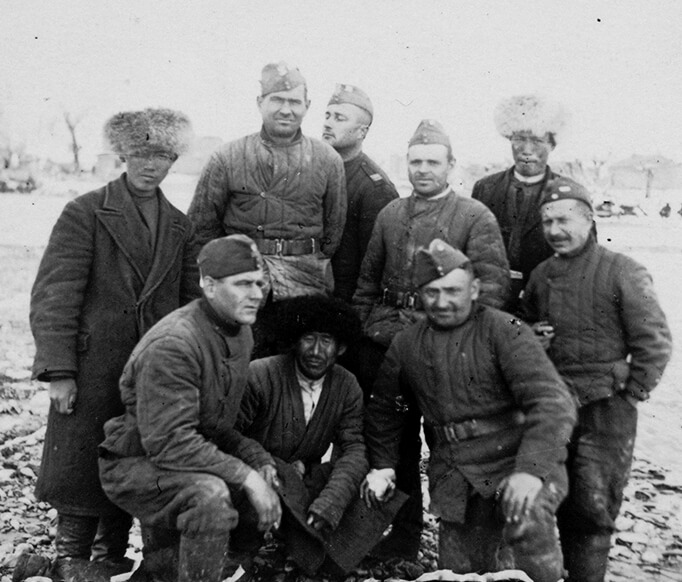
Army
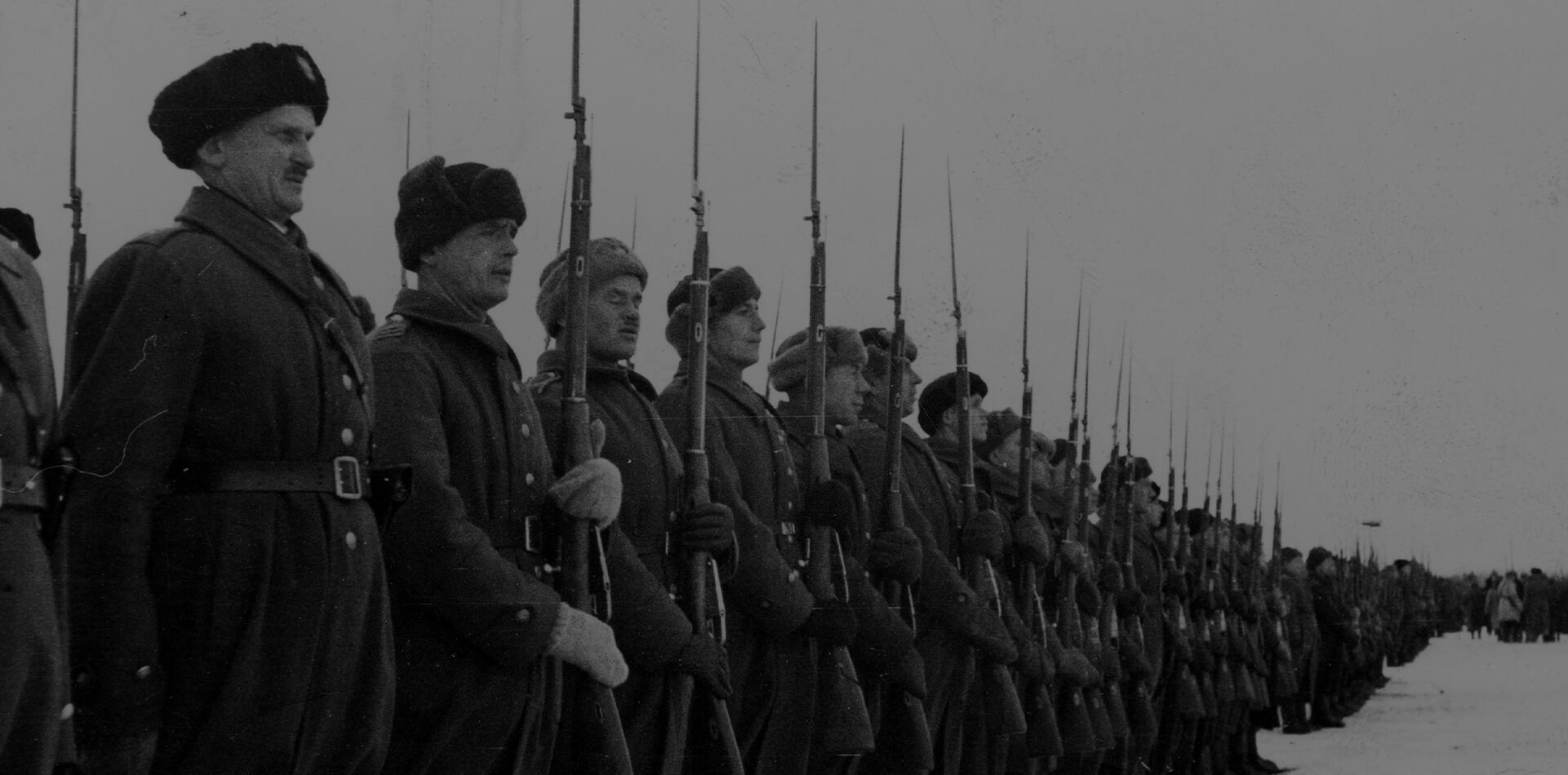


The Second World War started when both the Soviet Union and Germany ruled by Hitler invaded Poland in 1939. During the Soviet occupation of eastern regions of Poland between September 17th 1939 and June 22nd 1941, hundreds of thousands of Polish citizens faced repressions and deportations to the USSR. They were sent to prisons, labour camps, and forcibly resettled to Siberia and Kazakhstan. Soviet authorities also committed the Katyn Massacre, in which over 20 000 Polish officers and representatives of the Polish intelligentsia were murdered.
Outbreak of war between the Third Reich and the USSR on June 22nd 1941 and subsequent losses suffered by the Red Army led to a partial softening of the USSR policy toward Poles. Poles were allowed to create an army on the territory of the Soviet Union, with a goal to fight Germans together with the Red Army and other allies. The creation of the Polish Army was announced in the Sikorski-Majski pact signed on July 30th, 1941. In the protocol attached to the pact, the Soviet government announced that all Polish citizens imprisoned in the USSR as war prisoners or “on other, appropriate grounds” will be given an amnesty. The pact also annulled all Soviet German arrangements from the Ribbentrop- Molotov pact.

The military arrangement agreed in Moscow on August 14th 1941 envisaged the creation of Polish Armed Forces on the USSR territory “as soon as possible”. On August 18th, the commander was elected - General Władysław Anders, released on August 4, 1941, after 22 months spent in the Lubyanka prison in Moscow.
In September 1941 military units began forming in Chakalov Oblast (today’s Orenburg Oblast) and Saratov Oblast in the south. Headquarters were located in Buzuluk near Kuybyshev. This became the destination for Poles from all across the USSR, as they were freed by the “amnesty” from labour camps, prisons, and resettlement locations. People reporting for duty were usually exhausted, hungry, and sick. Poor health and terrible traveling conditions (travel often lasted for months) meant that many volunteers never reached their goal. They perished on route due to hunger, cold, and sickness.
By gen. Anders’ initiative Women’s Auxiliary Service was also created in the process of forming Polish Armed Forces on the Soviet territory. Service’s members were responsible for caring for the wounded, running hospitals, kitchens, and schools for war orphans. They also worked as secretaries and cyphers in headquarters and were on duty at railway stations. Youth of both sexes was also accepted in the army. There were children between the ages of 8 and 16 - mostly orphans, whose parents passed away in the Soviet Union and children separated from their parents during deportation. They were given tasks in canteens, warehouses, and in clean-up works. After a while young people were given military uniforms and began training. There were two priorities - to preserve their health and save their lives, and to provide the army with future qualified personnel. Simultaneously, an intensive search for officers was being carried out. At the time the Polish side did not yet know that many officers were murdered by NKVD in , among others, the Katyn Forest.
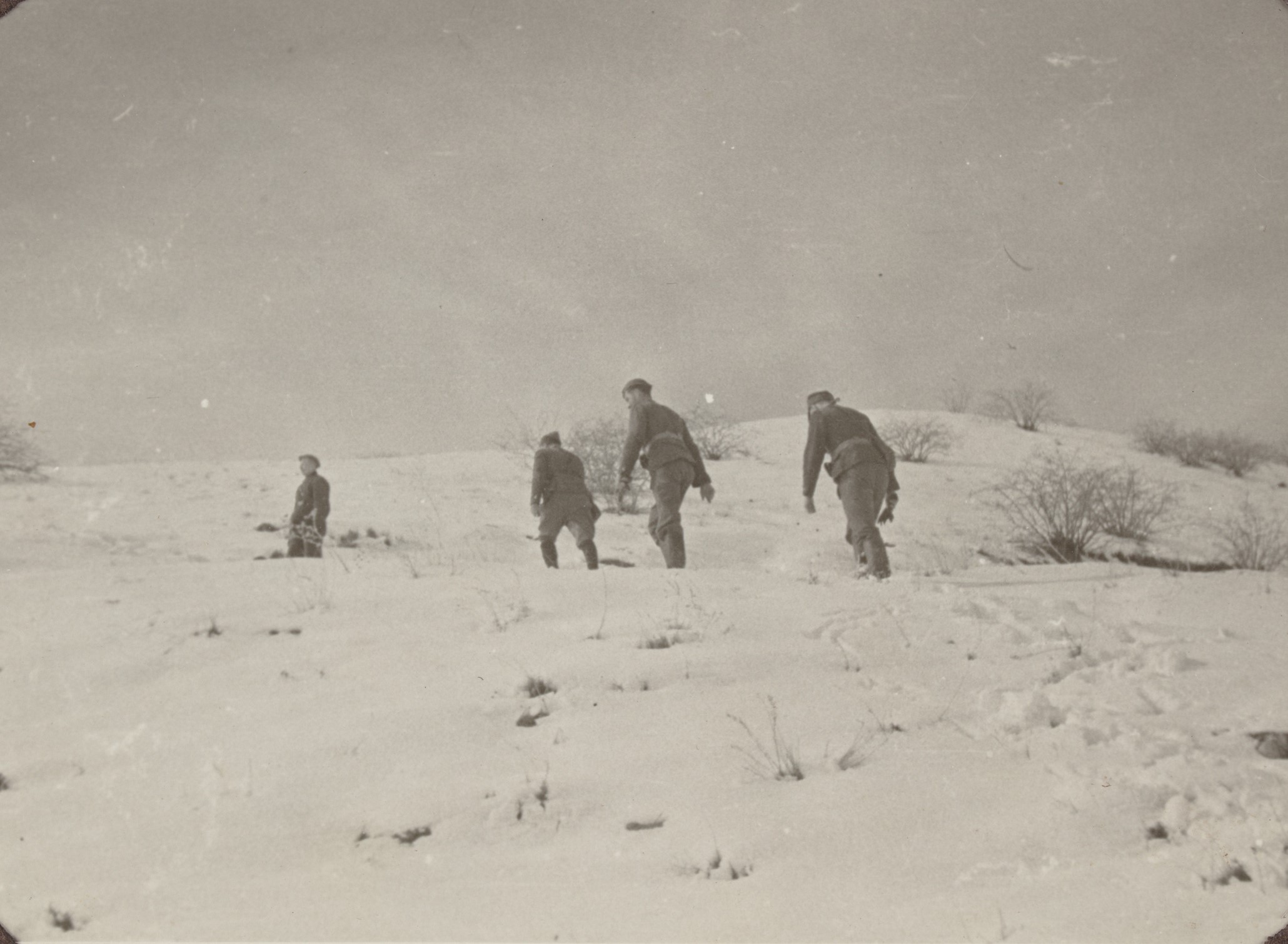
In November 1941 the Soviets halted further development of Polish military units as well as discharges of Polish citizens from labour camps and resettlement locations. Rising tensions in relations with the Soviets led to gen. Władysław Sikorski’s visit in Moscow and a meeting with Stalin on December the 3rd 1941.
The Soviet dictator made some concessions after talks with the Polish delegations. As far as weaponry was concerned, it was decided that infantry divisions were to be armed by Soviets, and the remaining four by Americans and the British. New divisions were supposed to be organised by the end of February 1942.
During gen. Sikorski’s visit to Moscow, it was also decided that the Polish army will be relocated to the Soviet Central Asia. The following factors were given as a basis for this decision: better living and climate conditions, as well as a greater ease, with which western allies could equip Polish divisions.
Despite difficulties, Anders’ army was growing in size and reached over 38 000 people in October 1941.
On October 29th 1941, the general took a decision to appoint registration officers in all big urban centres of the Soviet Central Asia. This contributed to the growing number of volunteers. However, the higher the number of soldiers was and the more civilians arrived to join the army, the bigger provisioning problems grew.
Meanwhile, Soviet authorities not only did not increase food rations for the Polish army, but they actually decreased them.
|
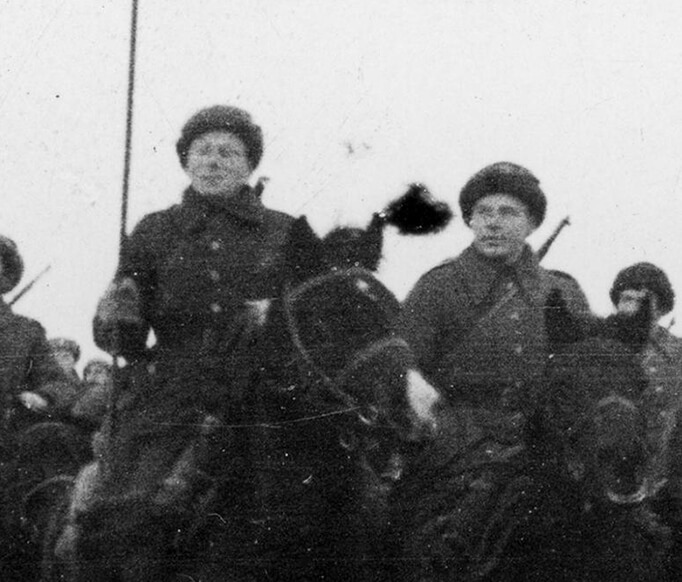
Many Polish people (also civilians, including children) were coming to Central Asia - the Uzbek SSR among others - even before the army has been relocated. They did so hoping to be saved from servitude and death brought about by hunger and diseases. They arrived exhausted, miserable, plagued by lice. In many cases they suffered from typhus, which led to hair loss.
At times, these people passed away by train stations and draft board centres. Arriving people often carried epidemic typhus, which was spreading quickly due to the lack of medications. Terrible sanitary conditions, contaminated water and unfavourable weather conditions also contributed to the quick transmission. The epidemic only started to fade towards the end of February 1942.
Upon the arrival of Polish divisions to the Soviet Central Asia, schools, orphanages, and hospitals were organised in order to help civilians. Hunger and exhaustion after working in labour camps meant that diseases such as typhus, avitaminosis, dysentery, and malaria were widespread, leading to numerous deaths.
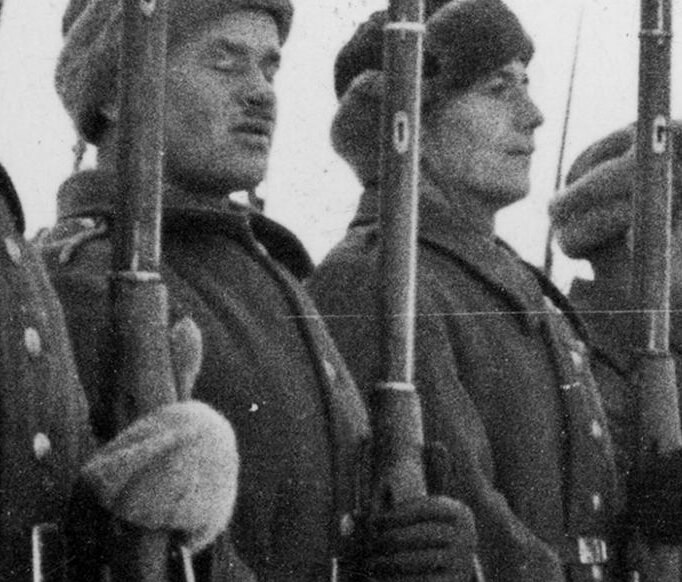
The typhus epidemic led to the death of approximately 10 000 troops and civilians, many of which were children. The USSR’s military situation improved in the beginning of 1942, which had a negative impact on the implementation of agreements signed with Polish authorities. Soviets delayed conscription to the Polish army and limited it to three republics: Kirgiz, Kazakh, and Uzbek.
By March 15th 1942 the Polish army reached 66 000 troops. This was less than agreed between Poland and the USSR in December 1941.
At the same time, in February 1942, Soviet authorities ordered gen. Anders to send unprepared Polish divisions to the front. The Force Commander sternly refused saying that his army will reach operation readiness no sooner than in 6 months. He also did not agree for individual divisions to be sent, as he feared they would be treated as canon fodder by Stalin.
In this context, gen. Anders’ main mission was to save the Polish Army and the civilian population. He presented the possibility of evacuating parts of the Polish Army to Iran during a meeting with Stalin that took place on March 18th 1942. The Soviet dictator quickly agreed to the evacuation of all soldiers, for whom there were no food rations.
As a consequence, with Soviet aid, almost 44 000 people (including over 33 000 troops) left the USSR between March 24th and April 5th 1942. The evacuation route took them by sea from Krasnovodsk (today Turkmenbashi) in the Turkmeni SSR to the Iranian port of Pahlavi (today Bandar-e Anzali).
Over 40 000 Polish troops were left behind in the Soviet Union. General Anders feared that should USSR’s military situation improve, Polish divisions could be dissolved, and Polish troops could return to labour camps. Difficult situation of the British Army in Africa following an offensive started by gen. Erwin Rommel in May 1942, also had an impact on the fate of Polish Armed Forces. British Prime Minister, Winston Churchill, held talks with Stalin about the Polish Army’s evacuation to Iran.

On July 2nd 1942, the Polish government in London was informed that Stalin took the decision to evacuate all remaining units of Polish Armed Forces to the Near East. On July 31st 1942, in Tashkent, a Polish-Soviet protocol was signed to order the evacuation of troops and officers’ families to Iran.
Between August 19th and August 31st 1942, almost 70 000, including around 25 000 civilians, left the USSR. Following gen. Anders intervention, around 4 000 Polish Jews were included in the evacuation wave. Similarly to the evacuation in spring, the travel took place by sea from Krasnovodsk to Pahlavi.
A transit point functioned in Ashgabat until November 1942, which allowed further 2 500 people (including over 700 troops and almost 2 00 civilians, mainly children) to enter Iran through mountains. Altogether over 115 000 Polish citizens left USSR in 1942, 77 000 of which were troops and over 40 000 civilians (including 18 000 children)
During their stay in Central Asia, Poles frequently mingled with the Uzbek population. Although their coexistence did not last long (winter-autumn 1942), these two foreign nations had an impact on each other. Ties formed with Poles are still remembered in the Uzbek society.
The arrival of Polish Army’s Field Bishop Jozef Gawlina to USSR in April 1942 was a very important event. He was the first catholic bishop to step foot on the Soviet soil. In June 1942 he arrived to the location of Polish units. He visited hospitals, schools, and orphanages. According to witnesses, his visit - and especially his services - attracted attention of the local population. People were religious ceremonies despite NKVD’s explicit prohibition as well as roadblocks. The mere possibility to enjoy any religious activity in the anti-religious Soviet Union must have had a positive impact and must have given some hope for the future.

tel.: +48 58 323 75 20
e-mail: sekretariat@muzeum1939.pl

tel.: + 48 85 672 36 01
e-mail: sekretariat@sybir.bialystok.pl

tel.: +998 78 120 86 51
